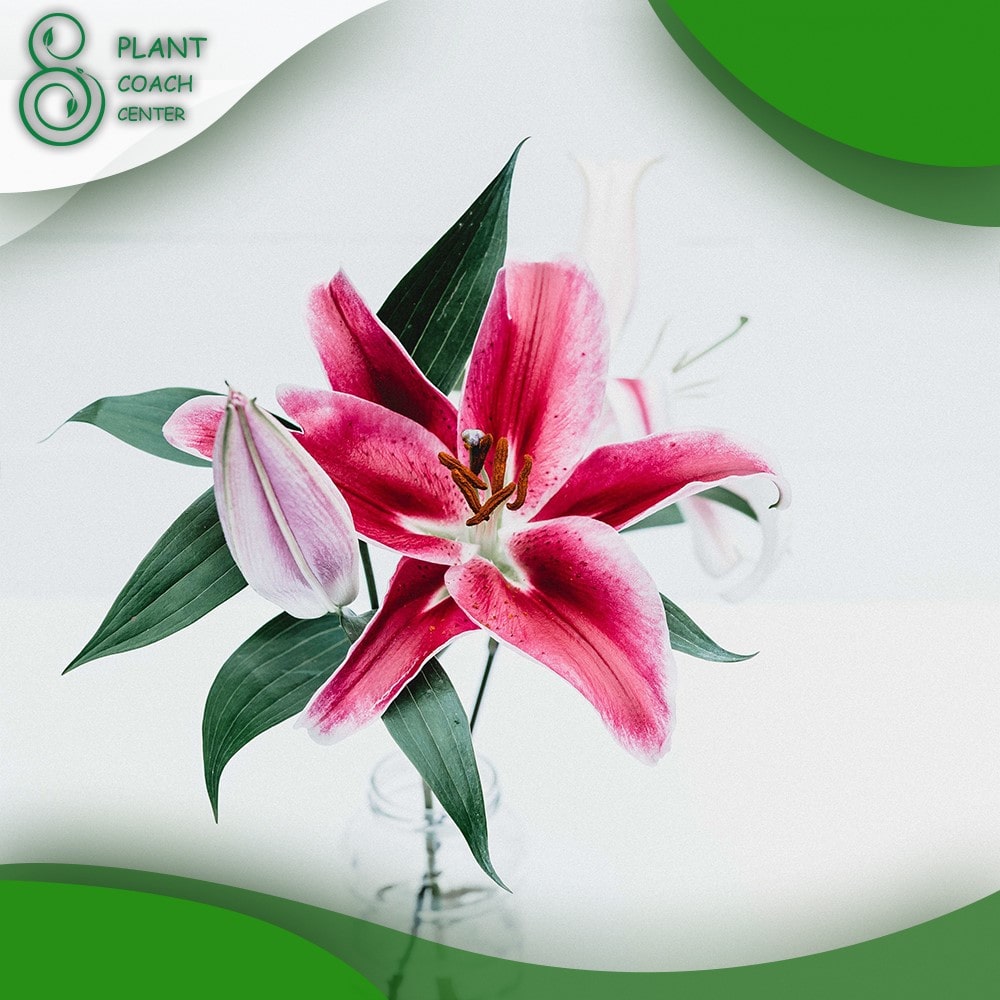When to Divide Lilies into Pots?
Welcome to the enchanting world of potted lilies, where the beauty of these majestic blooms meets the convenience of container gardening. While lilies are known for their grace and allure, growing them in pots presents a unique opportunity to witness their elegance up close, whether on a balcony, terrace, or window sill. The art of cultivating lilies in containers unveils a realm of possibilities, offering the freedom to personalize your space and the chance to explore the precise timing for their division.
As you delve into the delicate balance of nurturing lilies within the confined boundaries of pots, the question arises: When is the opportune moment to divide these captivating plants? Join us on a journey through the seasons and strategies that unlock the secret to ensuring your potted lilies continue to thrive and grace your surroundings with their timeless charm.
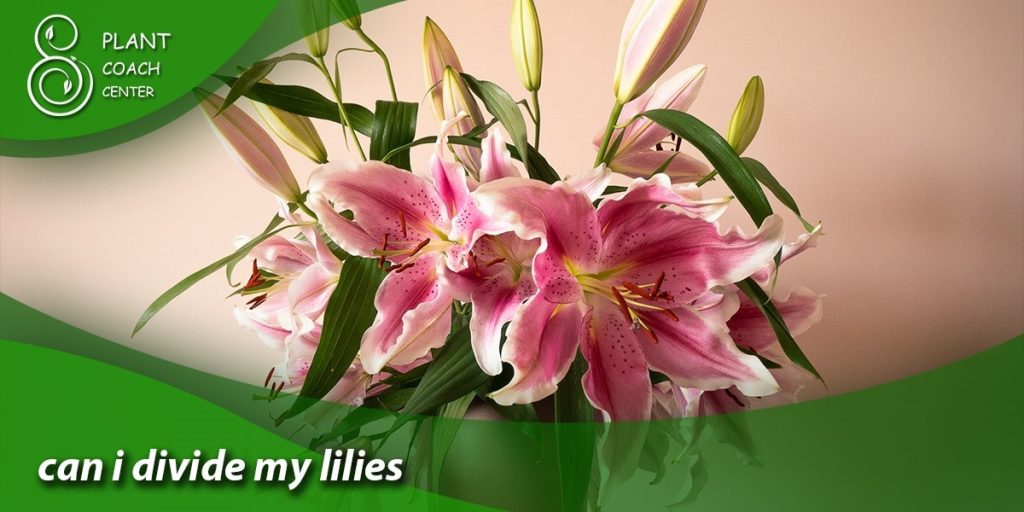
Thriving in Containers: Exploring the Benefits of Growing Lilies in Pots
Container gardening opens up new avenues for cultivating lilies, offering a harmonious blend of aesthetics and practicality. Growing lilies in pots presents a range of benefits catering to novice and seasoned gardeners. Firstly, the versatility of potted lilies allows you to bring their beauty to any space, whether you have a sprawling garden or a compact balcony.
Containers control soil conditions, ensuring that you can customize the growing medium to suit the specific needs of lilies. Moreover, the mobility of pots allows you to experiment with optimal sunlight exposure, moving them to catch the perfect balance of light and shade. Additionally, containers minimize the risk of pests and diseases, elevating plants off the ground and creating a barrier against potential invaders. The charm of potted lilies lies in their visual appeal and convenience, making them a delightful addition to any gardening journey.
Potting Mix Perfection: Choosing the Ideal Soil and Container for Potted Lilies
Selecting the right potting mix and container is critical to ensuring the success of lilies grown in pots. The foundation of your potted lily journey begins with choosing the perfect soil composition. Opt for a well-draining mix that provides good aeration to the roots, preventing waterlogging and ensuring the health of the bulbs. A mixture of potting soil, perlite, and compost creates an ideal balance that encourages robust growth.
Equally important is selecting the appropriate container. Choose a pot that is spacious enough to accommodate the lily bulbs comfortably while allowing room for root development. Ensure the pot has drainage holes to prevent excess water accumulation, as lilies dislike sitting in soggy soil. The material of the pot also matters; clay or terracotta pots provide better breathability for the roots, while plastic pots retain moisture more effectively.
When potting lilies, fill the container with the potting mix, leaving enough space for the bulbs to be positioned at the correct depth. After planting, gently press down the soil to eliminate air pockets and provide stability. Remember that the health of your potted lilies relies on the foundation you lay – a well-chosen potting mix and container ensure a strong start for these enchanting blooms as they flourish within the confines of their pots.
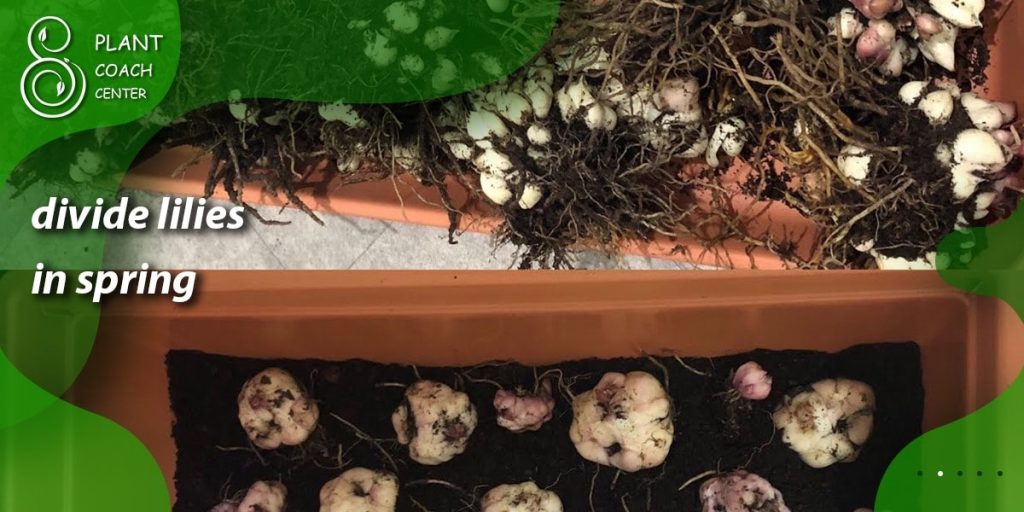
Signs of Pot-Bound Lilies: When and How to Spot Overgrown Lilies in Pots
While growing lilies in pots offer numerous advantages, it’s essential to be attentive to signs of pot-bound conditions. As lilies mature and thrive in their containers, their root systems can outgrow the available space, leading to various indicators of stress.
One of the most noticeable signs is restricted growth – if your potted lilies aren’t growing as vigorously as before, it’s a red flag. Additionally, the presence of circling roots at the surface of the potting mix is a clear indication of being pot-bound. Yellowing leaves, reduced flowering, and declining overall health are telltale signs.
To address pot-bound lilies, it’s crucial to repot them into larger containers. Carefully remove the lily from its pot, gently untangle and prune any circling roots, and replant it in a more enormous container with fresh potting mix. This allows the lilies to regain their vitality and establish healthy root systems. Regularly monitoring the growth of your potted lilies and repotting as needed ensures that they continue to thrive, unfurling their beauty without the constraints of being pot-bound.
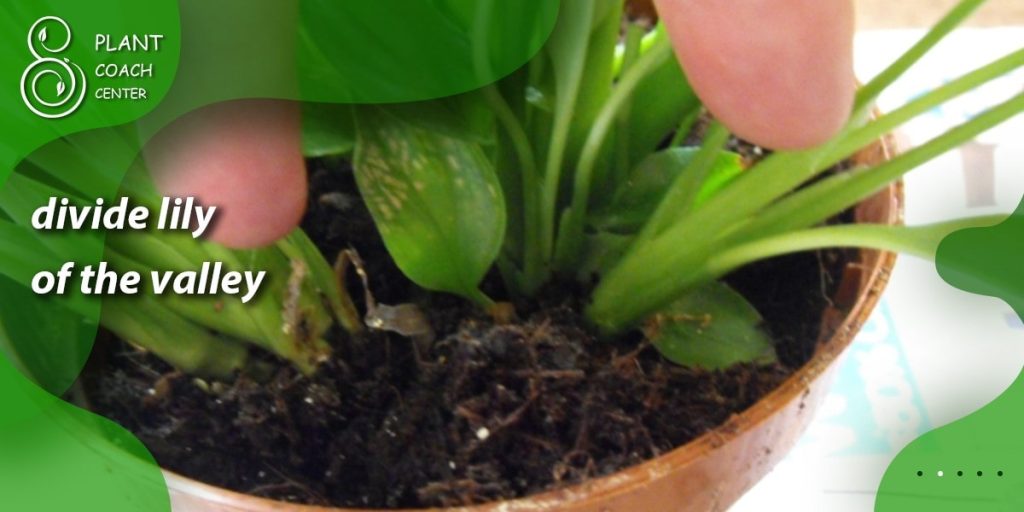
Ideal Timing for Division: Navigating the Seasons for Successful Pot Lily Division
The timing of lily division in pots plays a crucial role in the health and vitality of your potted blooms. Potted lilies can be divided every 2 to 3 years, usually when they show signs of becoming pot-bound or when their growth declines. The best time for division is in early spring, just as new growth begins. This timing aligns with the natural growth cycle of lilies and allows the newly divided bulbs to establish their roots before the active growing season.
Dividing potted lilies in early spring provides several advantages. The plants emerge from dormancy, and their energy is directed towards root and shoot development. Dividing at this time minimizes stress on the plants and ensures that they have ample time to recover and thrive.
However, if you’ve missed the window in early spring, you can also consider dividing potted lilies in the fall, after the flowering period. This timing allows the divisions to establish themselves during the cooler months before the next growing season.
In essence, the ideal timing for division hinges on aligning with the natural growth patterns of potted lilies. By choosing early spring or late summer/early fall, you set the stage for a seamless transition, ensuring that your potted lilies continue flourishing within their containers and grace your space with their captivating presence.
Division Demystified: Step-by-Step Guide to Dividing Lilies in Containers
Dividing lilies in containers might seem daunting, but with a systematic approach, it becomes a gratifying endeavor that rejuvenates your potted beauties. Begin by gently removing the lily from its container, not damaging the bulbs or roots. Gently shake off excess soil to reveal the bulb clusters, and then assess the bulbs’ health and the root system’s overall condition. If you notice any dead or unhealthy bulbs, discard them.
Next, carefully separate the bulbs, ensuring each division has healthy roots and shoots. Use a clean and sharp knife to cut between the bulbs, creating sections with a few bulbs each. Be cautious not to bruise or damage the bulbs during the process. Once divided, trim any excessively long roots to encourage balanced growth.
Before replanting, prepare the new container with fresh potting mix. Position the bulbs at the appropriate depth, usually around three times the bulb’s height. Gently fill the container with the potting mix, pressing it down lightly to secure the bulbs in place. Water the newly potted divisions thoroughly to settle the soil.
As you embark on this journey of division, remember that a methodical approach ensures the health and vitality of your potted lilies. By demystifying the process and following these steps, you create an environment where each division can flourish and continue to grace your containers with their exquisite blooms.
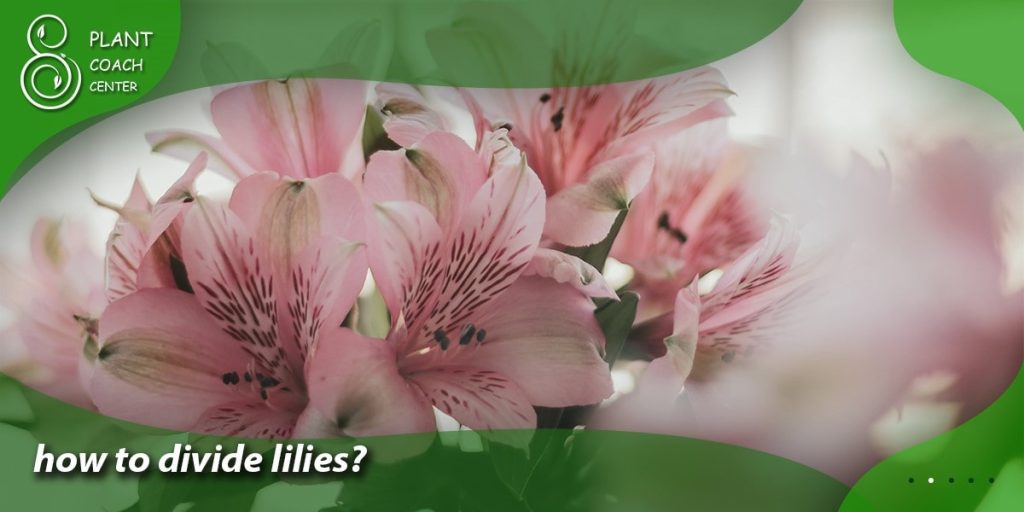
Post-Division Care: Nurturing and Monitoring Divided Lily Bulbs in Pots
After the division process, your attention and care play a pivotal role in ensuring your potted lilies’ successful transition and growth. To nurture the divided bulbs, water them thoroughly immediately after planting to settle the soil and encourage root establishment. Regular watering is essential during the initial weeks, as it helps the divisions adapt to their new environment.
As the potted lilies recover, monitor their progress closely. Look for signs of stress, such as wilting or yellowing leaves, and adjust watering and care accordingly. A balanced, slow-release fertilizer a few weeks after planting provides a gentle nutrient boost to support growth without overwhelming the plants.
Remember that the divisions might flower less profusely in the first year after division as they focus their energy on establishing roots and rebuilding their strength. To encourage a more robust flowering display in subsequent years, continue to provide diligent care and create an environment that promotes healthy growth.
As your potted lilies thrive and regain vigor, note any necessary adjustments to sunlight exposure or pot size. Regularly groom the plants by removing faded flowers and yellowing leaves to divert energy towards new growth. By tending to the needs of your divided lilies with dedication and care, you ensure that they continue to grace your containers with their timeless charm and enchanting presence.
Choosing the Right Containers for Potted Lilies
Selecting the appropriate containers for your potted lilies is crucial in ensuring their health and vitality. The right pot provides a comfortable home for your lilies and plays a significant role in regulating moisture, temperature, and root development. Here are vital factors to consider when choosing containers for your potted lilies:
Size Matters
Think spacious when it comes to pot size. Lilies appreciate room to stretch their roots and establish a healthy, stable foundation. A pot at least 12-16 inches in diameter is a good starting point. If you’re planting multiple bulbs in the same container, ensure ample space between them to prevent overcrowding.
Material Selection
Containers come in various materials, each offering unique benefits. Clay or terracotta pots are excellent choices as they provide breathability for the roots and prevent waterlogging. Plastic pots retain moisture well, making them suitable for lilies that prefer consistently damp soil.
Drainage is Essential
Proper drainage is non-negotiable for potted lilies. Ensure that the containers you choose have drainage holes at the bottom. This prevents excess water from pooling around the roots and causing rot.
Consider Depth
Lily bulbs should be planted at a depth of approximately three times their height. Therefore, opt for containers deep enough to accommodate the bulbs at the correct planting depth.
Mobility
If you plan to move your potted lilies to different locations to optimize sunlight or protect them from extreme weather, consider pots with handles or lightweight materials for easy mobility.
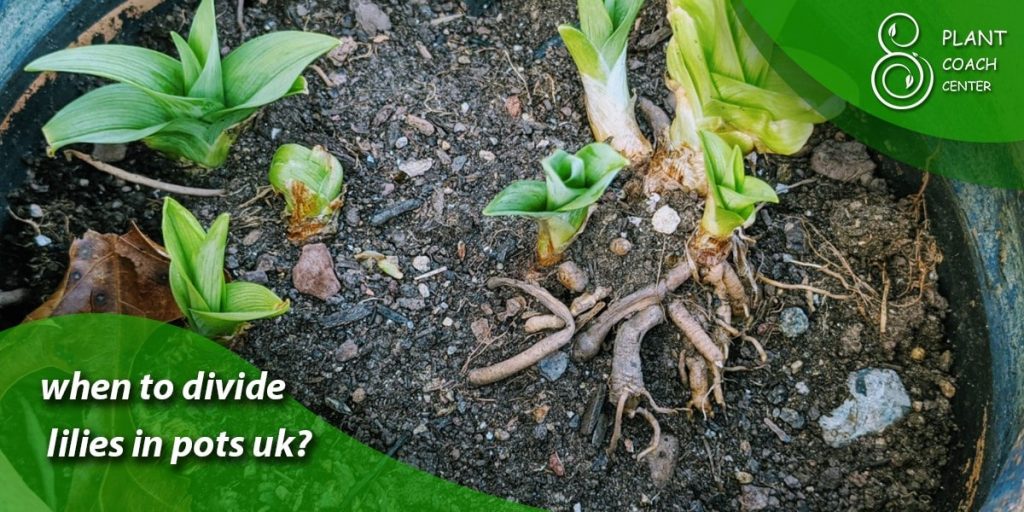
Conclusion
In the world of potted lilies, the artistry of gardening intertwines with the practicality of container cultivation. As we’ve delved into the nuances of growing lilies in pots, from selecting the ideal potting mix and container to mastering the timing and techniques of division, a realm of possibilities has unfolded. The journey of nurturing pot-bound lilies into thriving, divided blooms encapsulates the essence of gardening itself—a harmonious blend of patience, knowledge, and care.
At PlantCouchCenter.com, we celebrate this intricate dance between nature and the gardener. So, as you embark on your voyage of cultivating lilies in pots, remember that you’re not just nurturing plants but crafting a space where beauty flourishes within the confines of containers, echoing the enchantment of the outdoors on a more intimate scale.
When should I divide lilies in pots?
Early spring or late summer/early fall.
How do I know if my potted lilies need dividing?
Reduced growth, circling roots, yellowing leaves.
Can I divide potted lilies after they've bloomed?
Yes, after flowering or in early spring.


